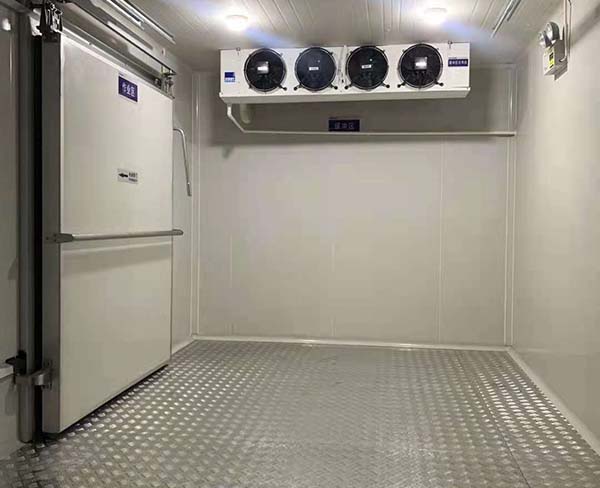Patterned aluminum sheets, also known as embossed or textured aluminum sheets, are widely used in various industries including construction, transportation, and household appliances. These sheets not only offer aesthetic appeal but also provide anti-slip properties and enhanced strength. To ensure you select the right and high-quality patterned aluminum sheet, consider the following factors:
Determine the Purpose
Before purchasing patterned aluminum sheets, it’s essential to clarify their intended use. Different applications have different performance requirements:
Anti-slip flooring: Choose aluminum sheets with good anti-slip properties, such as five-bar tread plates or orange peel patterns.
Decorative materials: Opt for sheets with attractive patterns, such as diamond plates or orange peel patterns.
Industrial use: Consider the strength and corrosion resistance of the sheets, especially if they are to be used for truck bodies, cold storage floors, etc.

Material Selection
Patterned aluminum sheets come in various alloy series based on their composition. Common series include:
1000 Series: Pure aluminum sheets with over 99% aluminum content, offering excellent ductility and corrosion resistance but lower strength. Suitable for decorative, food, and chemical applications.
3000 Series: Alloyed primarily with manganese, examples include 3003 and 3004, providing good rust resistance and moderate strength, often used in construction and household appliances.
5000 Series: Alloyed primarily with magnesium, examples include 5052 and 5083, providing higher strength and excellent corrosion resistance, ideal for high-strength and corrosion-resistant environments such as marine and automotive applications.
Surface Quality
The surface quality of patterned aluminum sheets directly affects their aesthetic appeal and performance. Key points to consider include:
Surface Finish: The surface should be free from obvious scratches, stains, and blemishes.
Pattern Depth and Uniformity: Patterns should be clear, consistent in depth, and evenly distributed without noticeable irregularities.
Oxide Film Thickness: The thickness of the oxide film impacts the corrosion resistance of the sheet and should meet national or industry standards.

Specifications and Dimensions
Choose the appropriate specifications and dimensions based on actual needs. Important factors include:
Thickness: Common thicknesses include 1.0mm, 1.5mm, and 2.0mm. Select a suitable thickness based on the usage environment and load-bearing requirements.
Width and Length: Select dimensions that match the installation space to minimize cutting and joining costs.
Supplier Credentials
Choosing a reputable supplier with complete credentials ensures product quality and after-sales service. Consider the following:
Certifications: Suppliers should possess relevant production licenses, quality management system certifications, etc.
Supply Capability: Ensure the supplier has a stable supply capacity to deliver products on time.
After-sales Service: The supplier should provide comprehensive after-sales service to address any issues encountered during use.
Price Reasonability
Price is a crucial factor when selecting patterned aluminum sheets. Choose products that offer reasonable prices without compromising on quality. Compare prices from multiple suppliers and understand market trends to select products with high cost-effectiveness. Be wary of products with prices significantly lower than the market average, as they may have quality issues.
Conclusion
When choosing patterned aluminum sheets, it’s essential to consider the purpose, material, surface quality, specifications, supplier credentials, and price. By thoroughly evaluating these factors, you can ensure that you purchase suitable and high-quality patterned aluminum sheets that meet various application needs.


